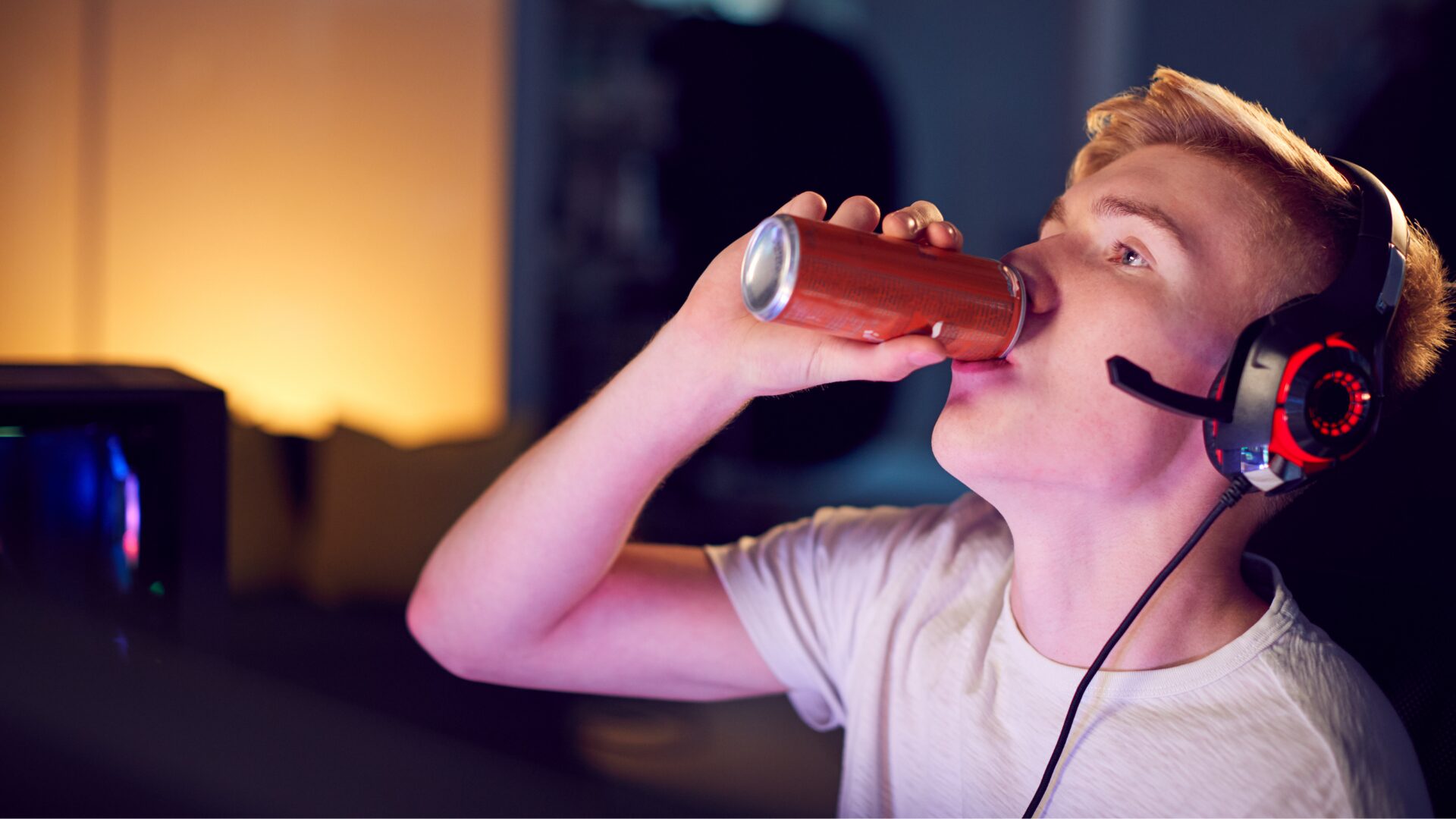A federal committee working on a revision of U.S. dietary guidelines recommends cutting sugar consumption, reported The Wall Street Journal (Sept. 28).
The committee suggests Americans limit their consumption of added sugars to 6% of their daily calories—down from the current guideline of 10%. The adjustment is recommended to help curb obesity, which the researchers connect to diabetes, cancer, and heart disease.
“One of the biggest health challenges related to nutrition in this country is overweight and obesity,” said Elizabeth J. Mayer-Davis, chair of the nutrition department at the University of North Carolina at Chapel Hill, who chaired the federal committee’s beverages and added sugars subcommittee.
The committee isn’t discouraging intake of foods that naturally contain sugar, such as fruit and milk, because it says those foods provide other nutritional benefits. The new limit applies only to added sugars, found in processed foods from soda and pasta sauce to cereal and yogurt, as well as honey and sugar itself.
Currently, most Americans aren’t even limiting added sugar to 10% as nearly two-thirds of people aged 1 and older consumed more than 10% of their daily calories in added sugar, according to 2013-2016 data analyzed by the committee—with the mean consumption being 13%.
A recent study published in the Journal of the Academy of Nutrition and Dietetics also found that almost 85% of infants and toddlers were fed foods with added sugars or artificial sweeteners regularly—even daily, reported Contemporary Pediatrics (Sept. 25).
CDC researchers discovered that in a nationally sample of more than 1,200 children from birth to age 2, 98.3% of toddlers aged 1 to 2 and 60.6% of infants up to age 1 were fed added sugars. These sugars were mainly found in snacks, bakery and sweets, baby foods, yogurts, and fruit, drinks.
Main sources of added sugars in Americans’ diets are desserts, candy, coffee, as well as coffee and tea with added sugar, but the primary source is sugar-sweetened beverages.
However, some progress has been made towards the Beverage Calories Initiative—a commitment to reduce per-capita consumption of beverage calories by 20% nationally by 2025—according to a report from Keybridge LLC. The goal was set by the American Beverage Association, The Coca-Cola Co., PepsiCo, Keurig Dr Pepper, and the Alliance for a Healthier Generation.
The report found that consumption of calories and sugar from beverages fell by 2.4% in 2019, despite an overall increase in sales. Most of the progress toward the calorie goal came from reduced consumption of full-calorie sodas, while calories from juices and sports drinks also declined in 2019.
Meanwhile, grocers in Berkeley, CA, must remove candy from checkout lines in a health initiative from the city council, reported USA Today (Sept. 25). The city passed an ordinance requiring stores over 2,500-sq. ft. in size to sell more nutritious food and beverage options in their checkout areas, making Berkeley the first city to ban junk food at the impulse buy area.
“This ordinance is another effort to create a healthy food environment that would support families by providing them the ability to avoid high-calorie, low-nutrient food and beverages when they do their grocery and other shopping,” said a city report on the ordinance. “By changing checkout norms, shoppers and their children face less temptation to consume sugary foods and there is less reinforcement of these unhealthy choices.”
The new so-called Healthy Checkout Ordinance is effective Jan. 1. It requires beverages sold in the checkout area to have no added sugars or artificial sweeteners. For food items, it indicates they must have no more than 5 grams of added sugars.
In Nov. 2014, Berkeley also passed a penny-per-ounce tax on sugar-sweetened beverages—the nation’s first tax on such beverages. It later showed to be effective in its goal of reducing consumption.












